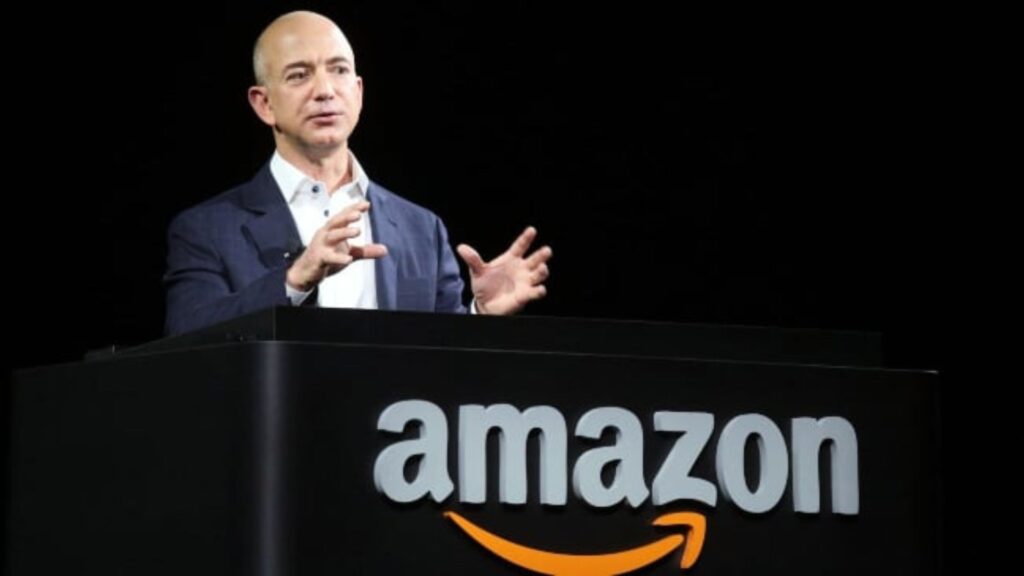Jeff Bezos ordered executives in charge of Amazon’s advertising business to accept more ads to show in product searches, including those that the company considered internally “flawed” because they were not relevant to users. And so it would have worsened the experience for consumers by making it harder for them to find the products they were looking for, in exchange for increasing its revenue by doubling the density of commercial calls. That is what has emerged in a new version, with fewer blocked portions of the recent antitrust complaint filed by the Federal Trade Commission (FTC) against the e-commerce giant.
The accusation has surfaced in a version with fewer blocked parts of the antitrust complaint recently filed by the US Federal Trade Commission to Amazon.
In the same text, the agency shows a compilation of such advertisements by one of those executives. And it includes cases such as “dollar urine” in response to searches for “water bottles” or Los Angeles Lakers basketball jerseys in response to queries about products related to the Seattle Seahawks football team. The company has responded that the advertising shown to consumers is based on a number of factors, and the claim that it was ordered from the highest level to accept more ads that degrade their experience “is grossly misleading and taken out of context”.
In support of this argument, the tech giant refers to the Kantar Media Reactions 2023 study, which in September named Amazon for the second year in a row as the advertising platform preferred by users for including relevant and useful campaigns that also have few negative qualities. This was indicated by a significant percentage of the 16,000 people surveyed in 23 markets, although the 900 marketers also consulted in this research did not place Amazon advertising in the top five for planning. That position was taken by YouTube, which was also not among the top choices of consumers.
The FTC’s indictment was unveiled just days after the company reported its third quarter results, which showed $12.1 billion in advertising revenue, up 26%. That revenue segment is already the fastest growing business over and above the traditional Amazon Web Services engine, and the company’s efforts are crystallising new products and initiatives: for example, self-service so that any brand that plans in-store can have an impact on its streaming services, something that becomes important in the context of the arrival of ads on Prime Video from next year.
